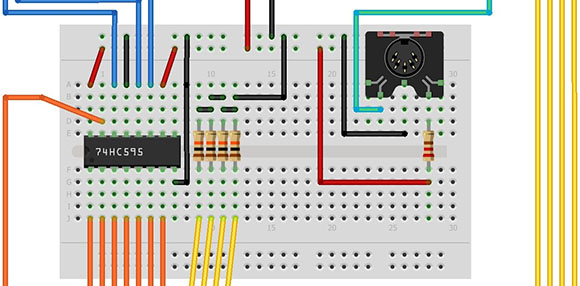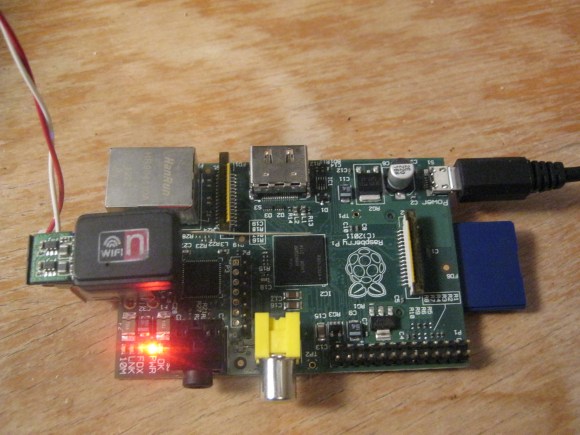
Seriously, nothing says ‘Look at me!’ like these headphones. [Yardley Dobon] added a rainbow of colored electroluminescent wire to his headphones and made them pulse to the music. The video after the break shows the headphones bumping to the tunes. This is one of two versions of the project, the other runs the EL wire along the headphone wire itself. We’re a bit surprised that the high frequency from that parallel run doesn’t inject noise into the signal. We do enjoy seeing these in action, but in practice observers unfortunately won’t be able to hear the tunes to which the lights are pulsing.
It took us a little while to figure out that [Yardley] didn’t roll his own VU hardware. The inverter driving the EL wire is designed to bump to the music. But he did hack it to use an audio line rather than a microphone. He mentions that this has other uses, like allowing carefully crafted sound clips to precisely control the inverter.

















